Fiordland is the largest of New Zealand’s fourteen national parks. Fiordland is a significant part of Te Wahipounamu World Heritage area. The wilderness stretches over 200 km covering 1.25 million hectares. The region is defined by glacial lakes, wetlands for pastoral use. The Tasman Coast is one boundary and the Southern Alps the northern boundary.
Fiordland does not feel isolated when you are in the middle of a crowd of tourists all vying to get onto the tour boat yet it is paradoxically a remote region. There is very limited access to large parts of the park and thousands of hectares are uninhabited. It is a matter of finding that special spot for visitors while respecting the right of all to visit one of the world’s heritage scenic sites. The serrated coastline and plunging mountain sides are the result of glaciers carving through the rocks on their way to the sea. A scenic flight or aerial view provides the perspective of a pristine wilderness where nature is in charge.
Best time to visit
Summer: Fiords in summer glory with less chance of rain.
Winter: Winter sports, snow.
Spring: Lush green growth, rainfall.
Weather
Conditions in Fiordland can change very quickly. It rains half the days of the year in this part of New Zealand, so trying to guess the weather beforehand is difficult. When it is pouring with rain the hillsides and mountains gush with mini waterfalls. The land itself becomes one of rivers, waterfalls and flowing streams.
Fiordland had suffered from overtourism, swarms of tourists swamping key spots, if you are adverse to crowds then Milford Sound early morning is the best time to visit. This could mean an overnight stay.
Highlights
- Doubtful Sound boat cruise
- Milford Sound boat cruise,
- Fiordland walks
- Scenic flights
- Milford Road photo stops
- Underwater observatory
- Scuba diving
- Kayaking fjords
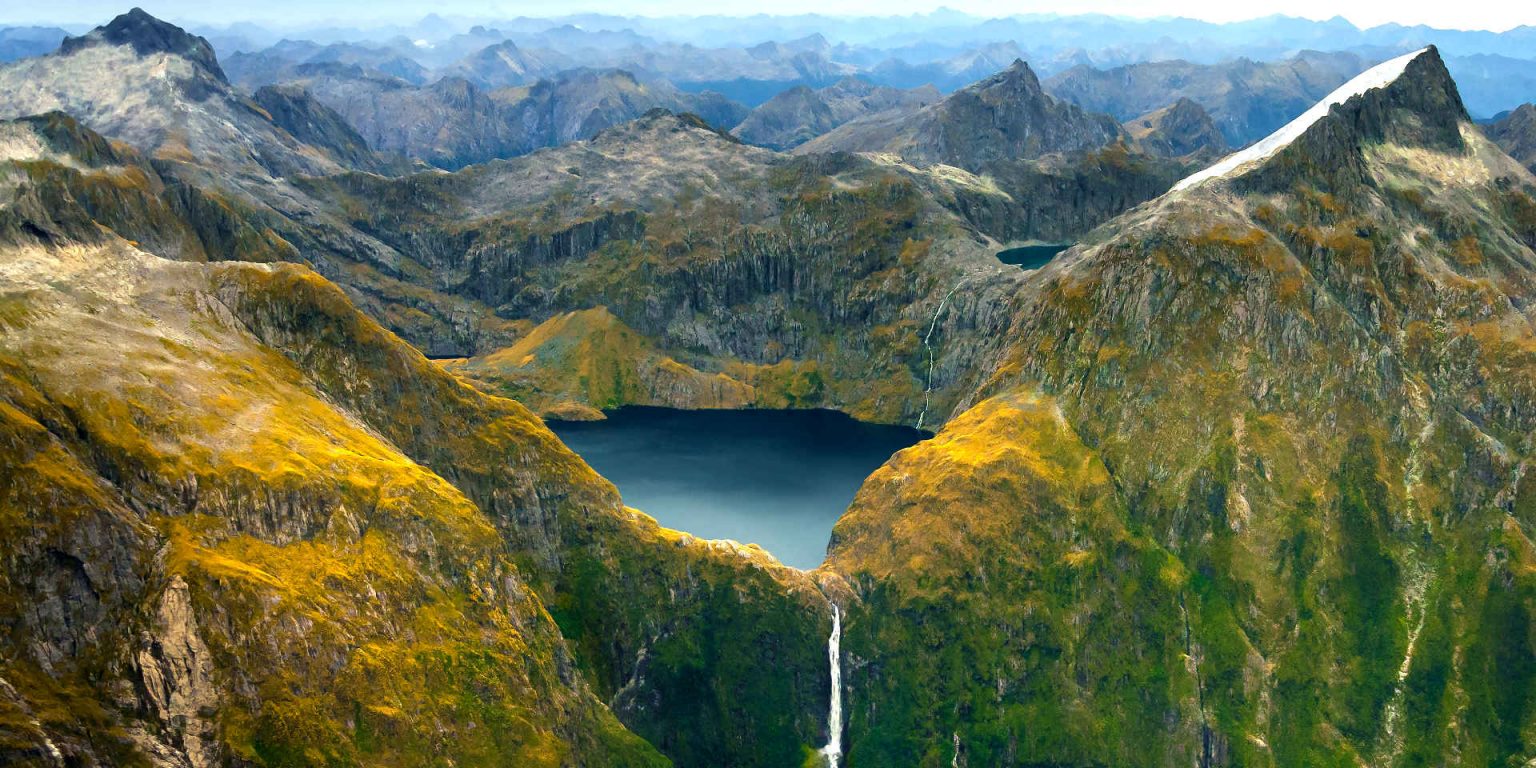
On the drive to Milford Sound 6 favourite stops are:
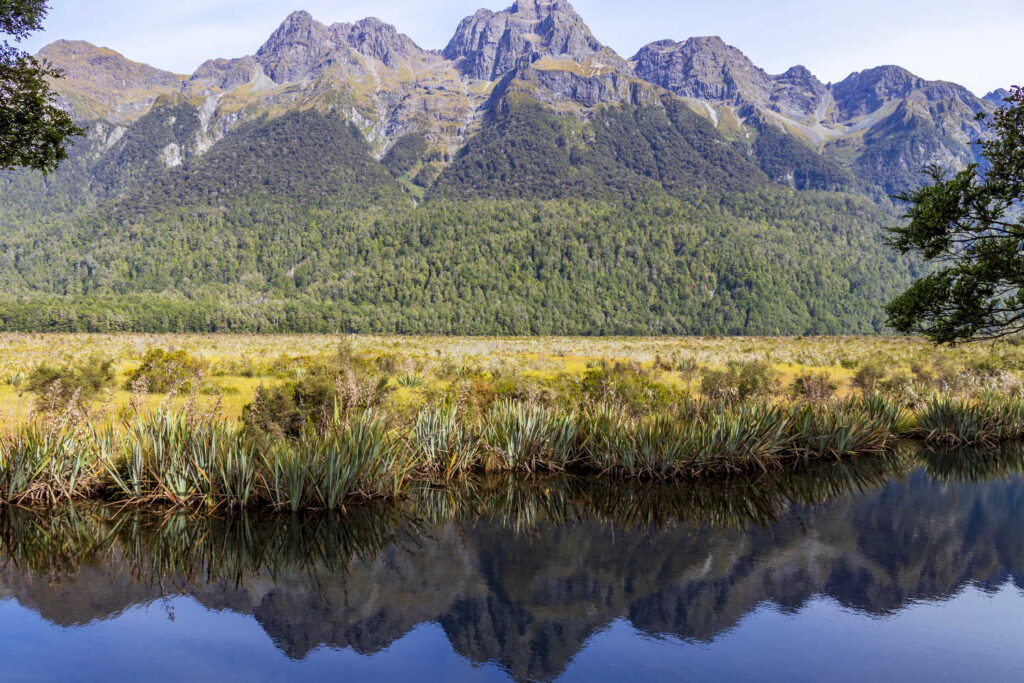
- Eglinton Valley Stop on the side of the road in a vast grassy valley which was carved out by a glacier thousands of years ago. Enjoy the view of the towering snow-capped mountains on every side. Majestic soaring mountain peaks makes you feel you have arrived in a world heritage site.
- Mirror Lakes. Go for a very picturesque short stroll and pause to marvel at the stillness of the lakes. On a calm day, the reflections of the Earl Mountains are so precise and sharp it is difficult to see where the mountain views start and finish. It is a three dimensional image that blurs the boundaries between the reflections and the mountain peaks.
- Hollyford River is a shallow but rapid mountain stream flowing alongside Milford road for a few kilometers and is a great place for water movement shots. There are several lookout areas, look for Falls Creek Waterfall as the riverbank is accessible with rocks and boulders offering foreground interest as well as a place to sit for the selfie. Note this waterfall is officially known as Christie Falls. It is located besides a narrow single-lane bridge on the Milford Sound Highway. It is signposted “Falls Creek”.

Falls Creek Route: Fiordland National Park starts at this small car park.
- Lake Gunn is an easy 45-minute forest walk or just relax on the pebbles of Lake Gunn’s shore and soak up the vastness of the landscape before you. There’s even a table for your picnic lunch.
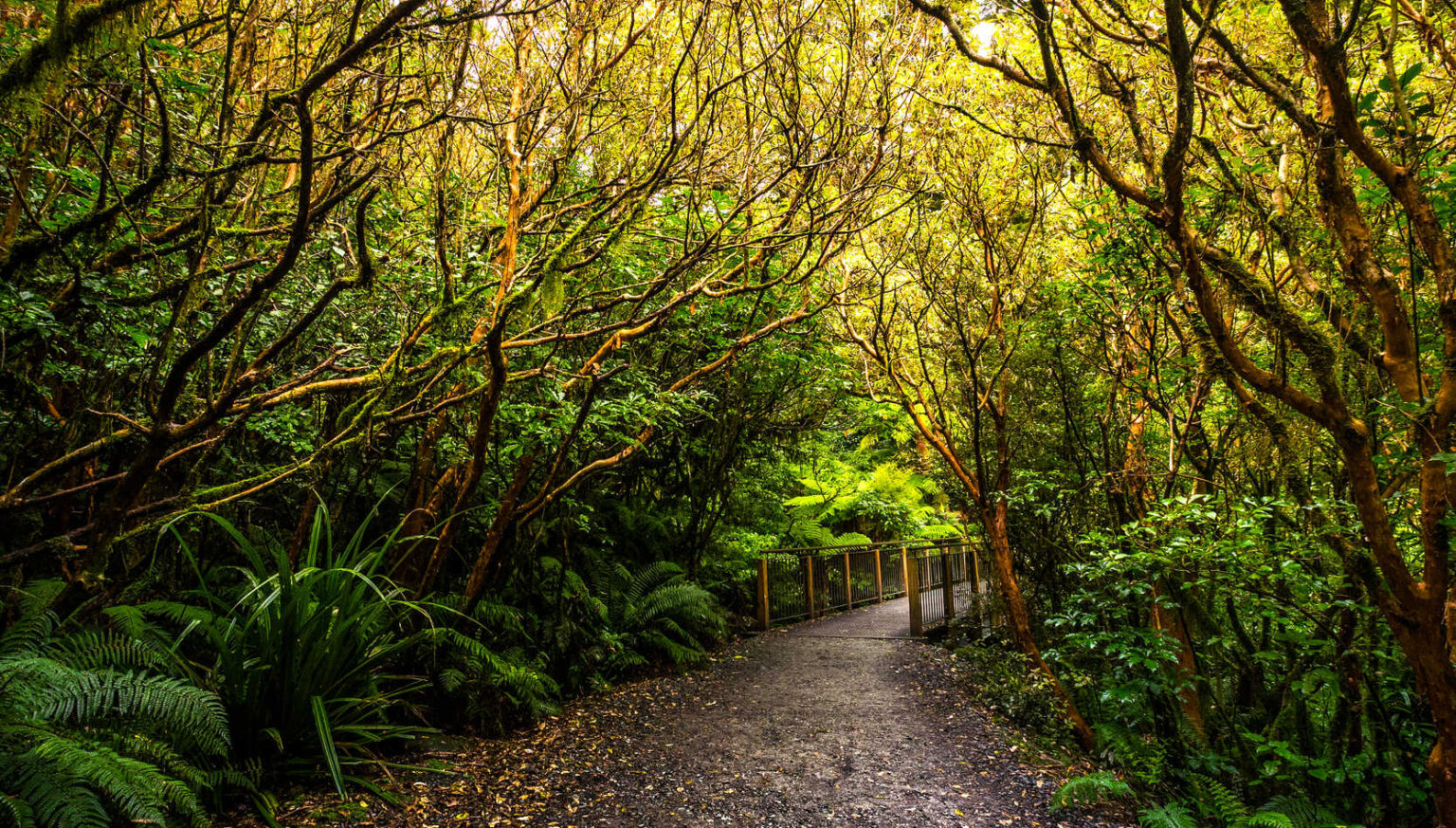
- Pop’s View – A memorial stop, dedicated to Robert Andrew (Pop) who was killed in an avalanche. There is a wonderful view of the mountains and a chance to learn from an information plaque about traditional walking routes Maoris took through the rugged landscape in the search for pounamu (jade).
- The Chasm. It is a very easy 400m stroll here offers views of powerful waterfalls and deep chasms. It’s fascinating to see how water has sculpted the landscape. There are two footbridges offering glimpses of the depth of the chasm. Fascinating for children and adults alike. The footbridges provide opportunities to view the abyss that is the Chasm with its torrents of water forced through a narrow rock opening.
STAY
Camping in Fiordland National Park is basic with toilets, no showers or running water. You are immersed in the forest settings with the peace and solitude of the wilderness around you. Cascade Creek Campsite is the most popular campground as it is close to tramping trails connecting to Lake Marian. For more campgrounds check the list below. Some of these campgrounds involve multi-day walks to access the area. Check conditions before your departure and inform relevant organisations of your proposed route.
Check DOC resource for up to date information.
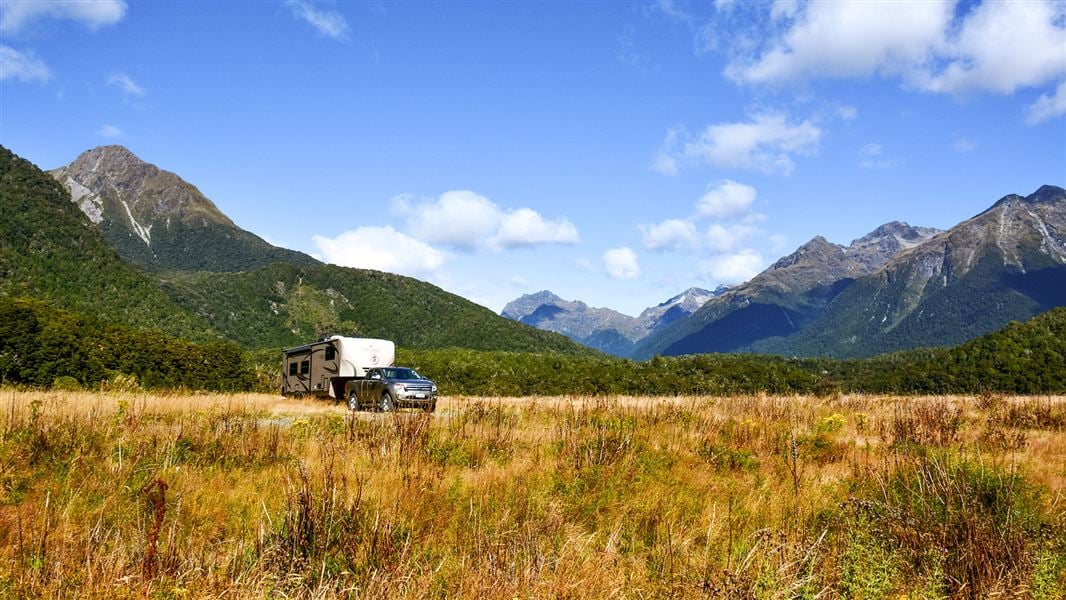
GETTING THERE
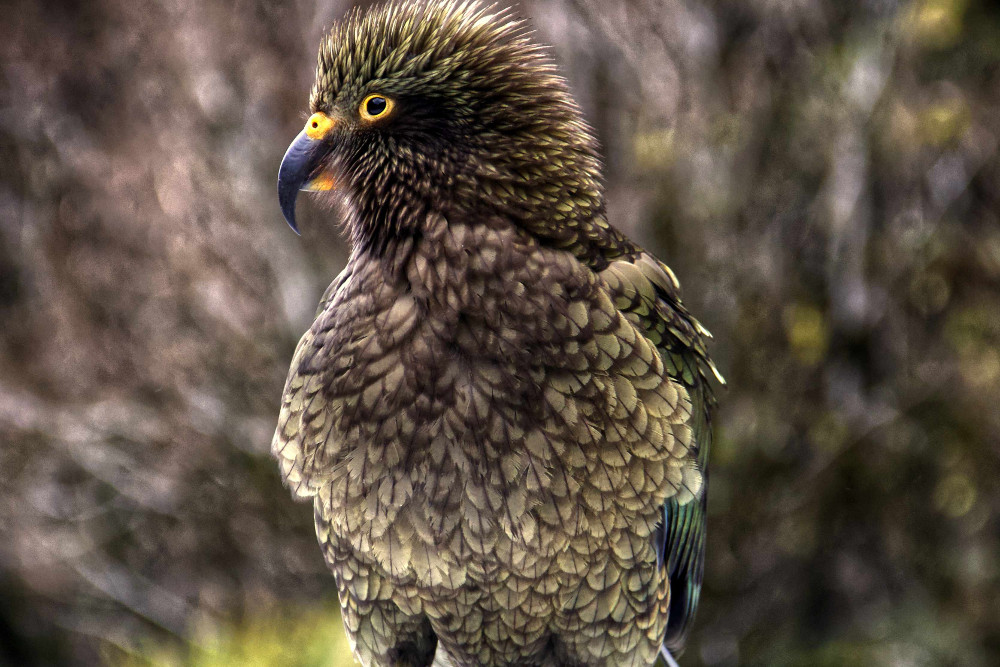
Milford
Milford is the more popular of the two fiords largely due to accessibility. Milford is a winding, narrow four hour drive from Queenstown with an alternative of a two hour drive from Te Anau. The drive is through breathtaking scenery with several interesting stops along the way. Self-guided visitors are advised to avoid the midday crush of tourists who have coached into Milford. There is land overnight accommodation in Milford. Milford fiord views are of sheer soaring deep mountains combined with a deep glacial sea channel.
Doubtful Sound
Doubtful Sound is a much larger fiord creating sweeping views of mountains and sea, the scenery is less dramatic however equally striking. In Doubtful Sound there is considerable wildlife as it is a haven for dolphins, fur seals and the rare Fiordland crested penguin.
Flights
The flight between Queenstown to Milford is approximately 35 minutes. This is a popular option for day trip visitors who fly and cruise. Flights are expensive and a luxury for those on a tight budget. Staying overnight in a camping site and early morning hikes to Key Summit and other high altitude vantage points will provide you with the views as well as the reward for getting there.
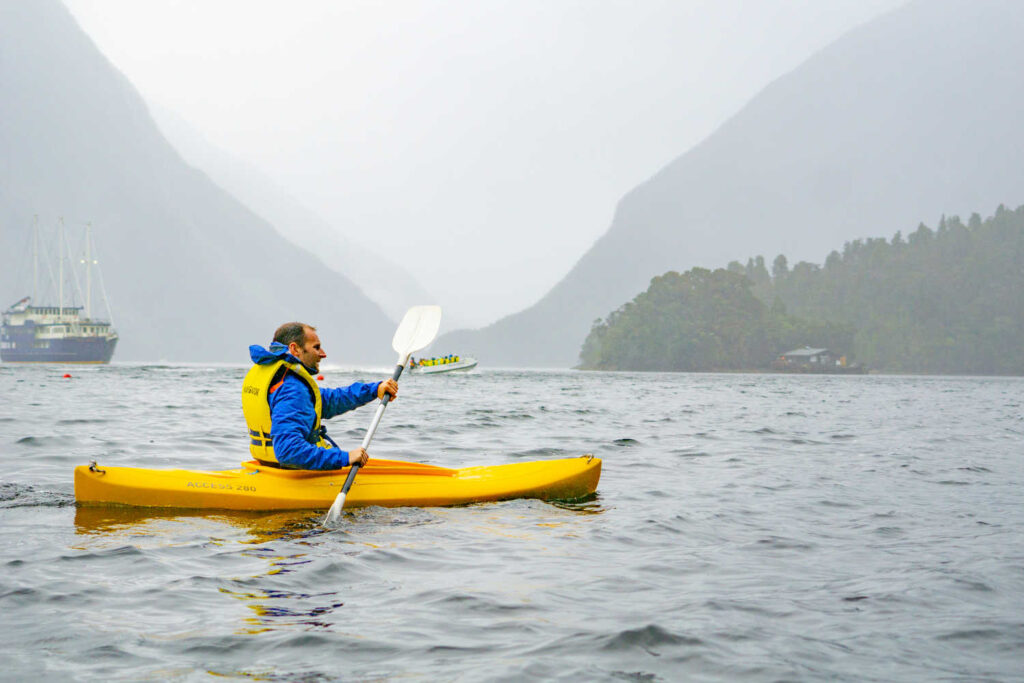
WHICH PLACE IS THE BEST TO VISIT, MILFORD OR DOUBTFUL?
Milford Sound is the cheaper option to visit, it is road accessible, it can be a whistle stop visit in one day, especially from Te Anau. The average cruise time is two hours. There are longer daily cruises up to three hours. Check what suits your schedule as well allow an extra hour for unexpected traffic delays. Most of the tracks and trails have entrance points at Milford Sound.
Milford Sound is busy, it had approximately 900,000 visitors in 2019. Although there is a major decrease in 2020 Milford Sound was experiencing infrastructure challenges with waste water, overcrowded popular sites and long queues to board boats.
Doubtful Sound has no road access. Exclusivity is pretty much guaranteed due to accessibility. There is no land accommodation furthermore it is an adventure in itself getting to Doubtful Sound. You join a boat to journey across picturesque Lake Manapouri and then a bus over the Wilmot Pass to join your boat anchored in Doubtful Sound.
It is expensive to visit as there are few tour operators as there is considerable infrastructure required to support their business operations.
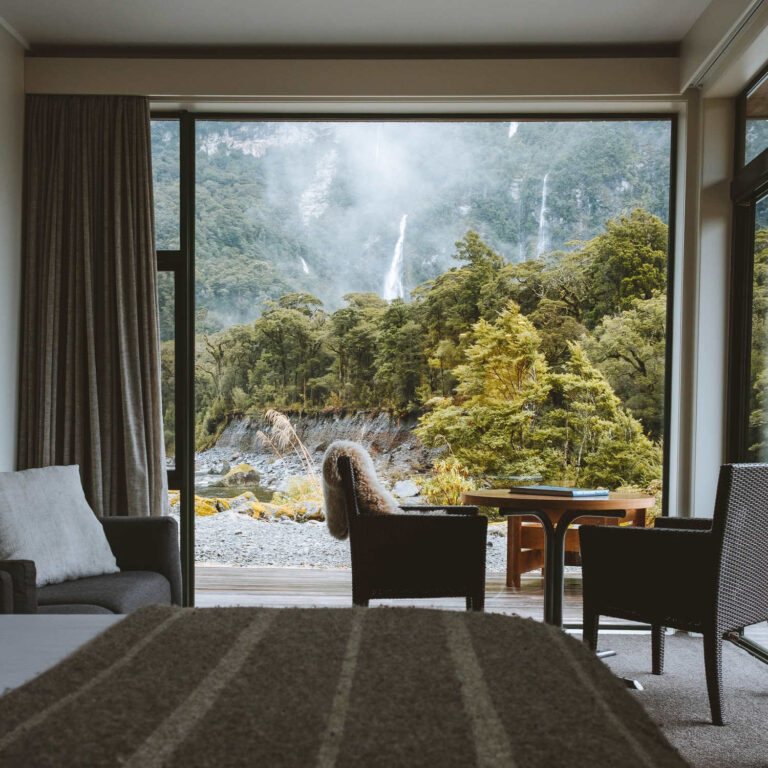
STAY
For many visitors wanting to stay within the national park the lodge is a bucket list destination. The lodge consists of a collection of luxurious chalets as well as forest campervan sites. The lodge offers a rare opportunity to spend the night just minutes from Milford Sound Cruises and the Milford Track. Nestled beneath the mighty peaks of the Darran Mountains and alongside the spectacular Cleddau River, the lodge is immersed within its setting.
In summer Milford Sound has overnight boats moored offering cruising and accommodation options in the long southern twilight.
APART FROM THE MAJESTIC SCENERY WHAT ELSE CAN YOU DO IN THE FIORDS?
The Underwater observatory is a cruise boat with a glass bottom offering an option to observe the coral:
- Scenic flights
- Lake Manapouri: Surrounded by the Cathedral Mountains, this pretty lake has 33 small islands and countless sandy beaches and coves to explore.
- Milford Road: Take the thrilling drive along the most scenic state highway in New Zealand. Give yourself plenty of time to stop along the way and enjoy the many lookout points and small hikes.
- Kayaking: What better way to explore this national park than with a kayak?
- Scuba diving
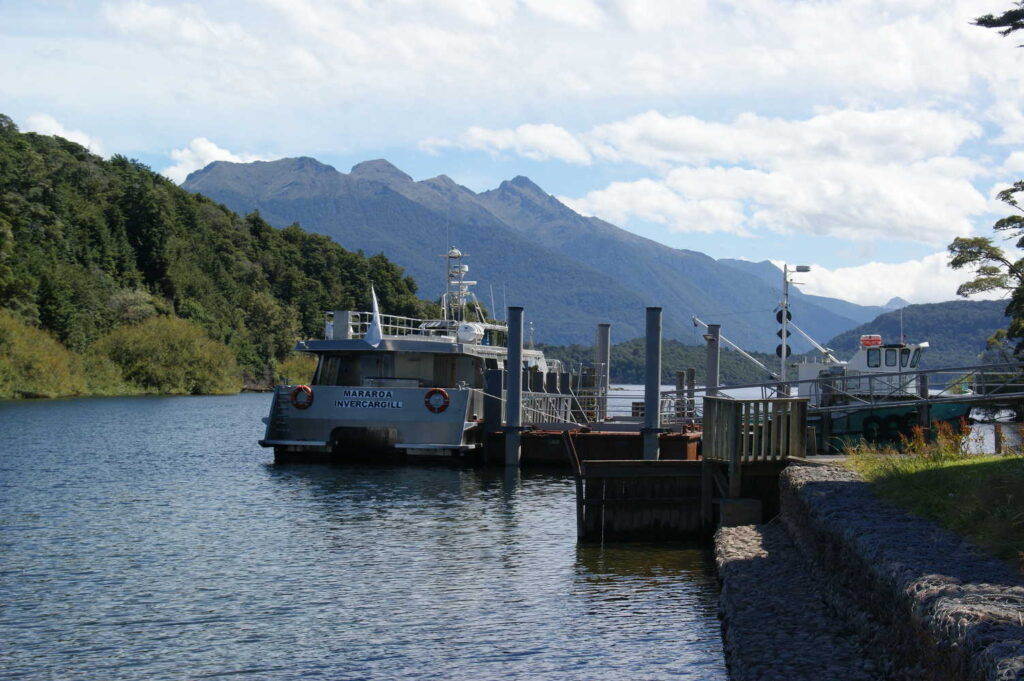
What to see and do on Fiordland National Park
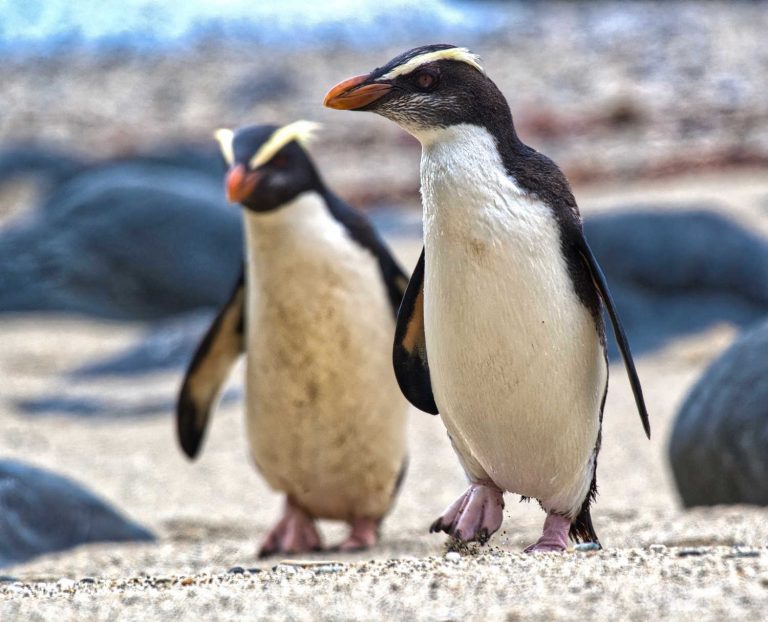
WALKS IN FIORDLAND NATIONAL PARK (AS PER DOC ONLINE RESOURCE)
For a detailed list of walks, consult the DOC excellent day walk guide in the travel pack information section of this guide. Remember Wifi and mobile coverage can be intermittent in the National Park, either download information or go offline with paper!
CAMPING
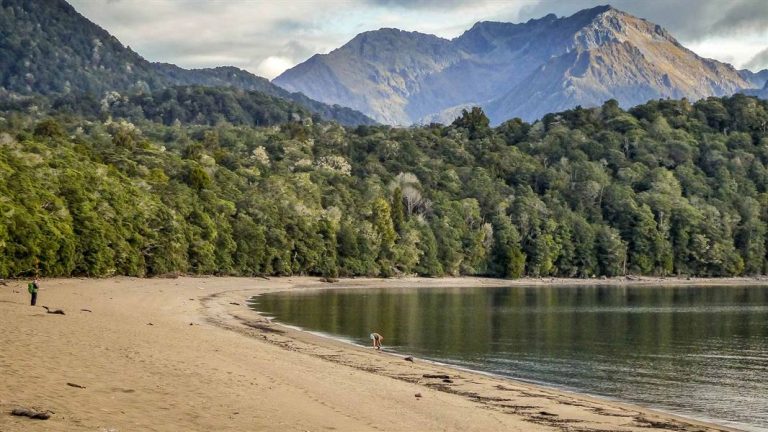
Brod Bay Campsite
learn more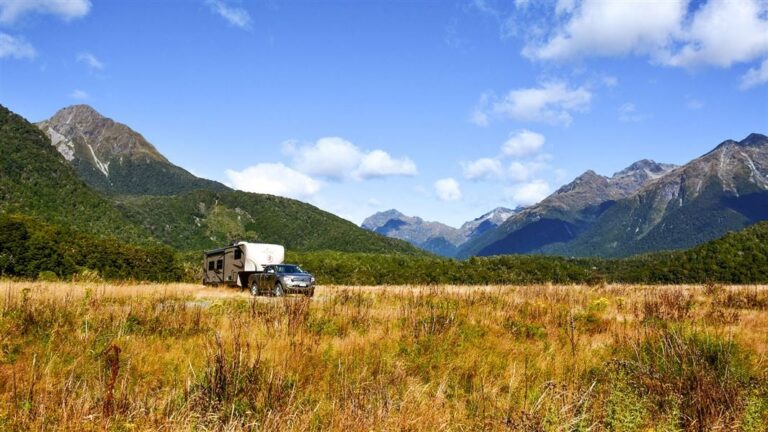
Cascade Creek Campsite
learn more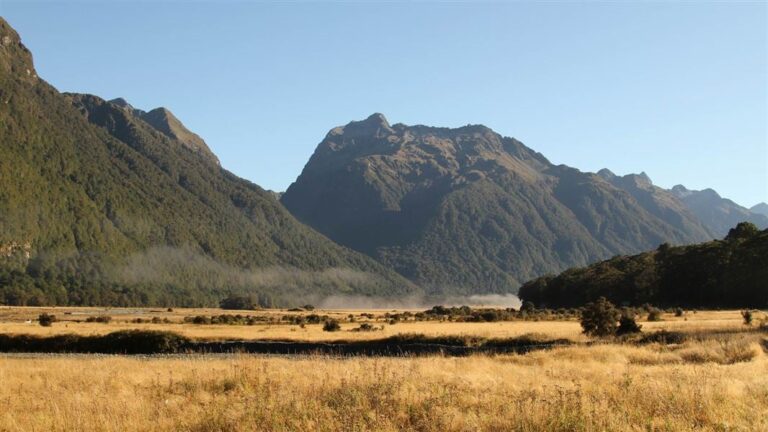
Deer Flat Campsite
learn more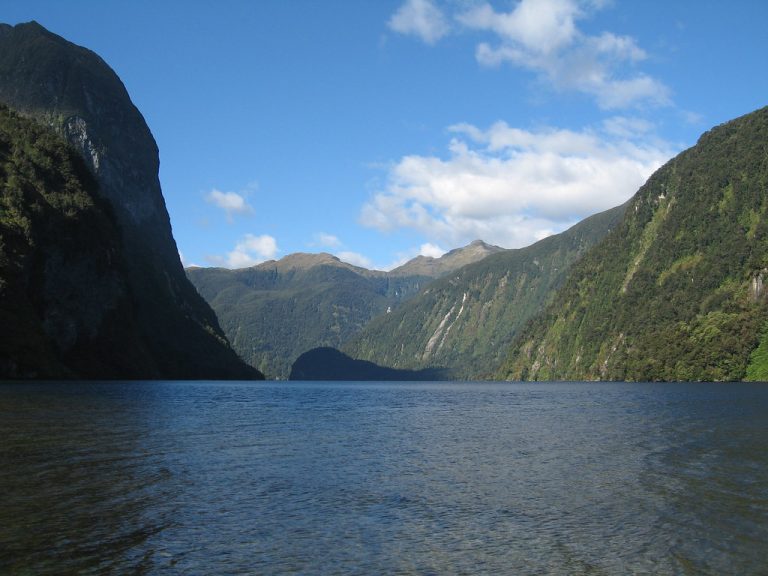
Hall Arm Campsite
learn more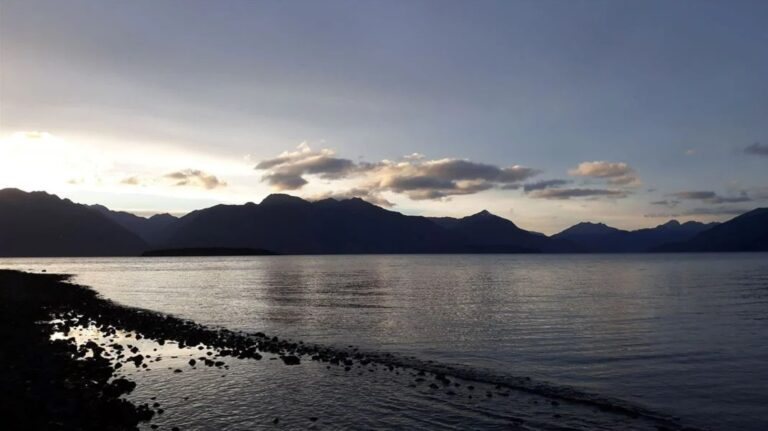
Henry Creek Campsite
learn more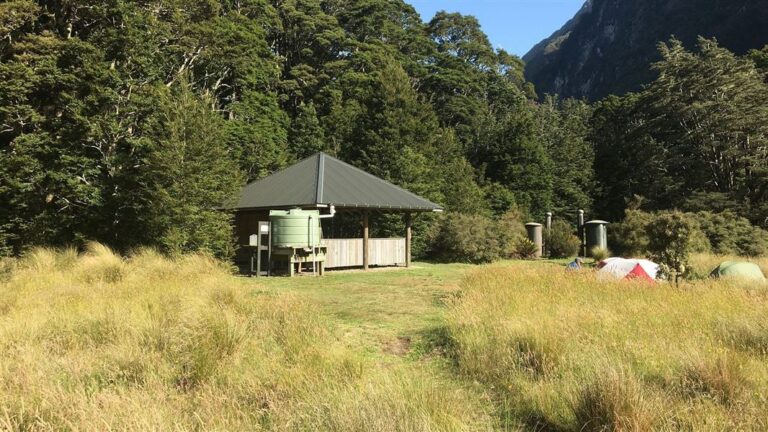
Iris Burn Campsite
learn more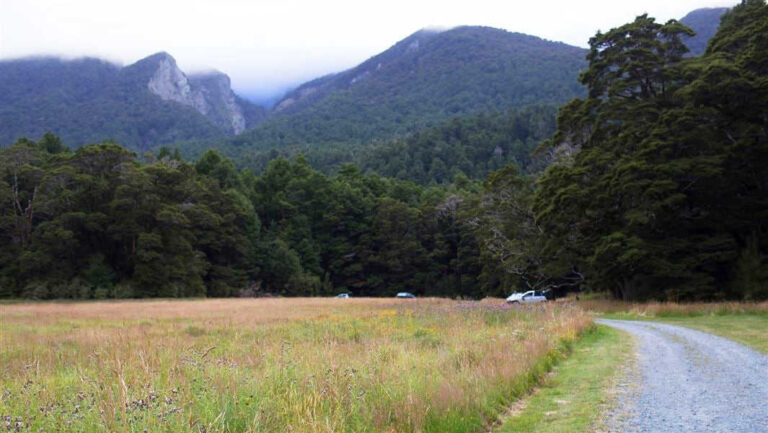
Kiosk Creek Campsite
learn more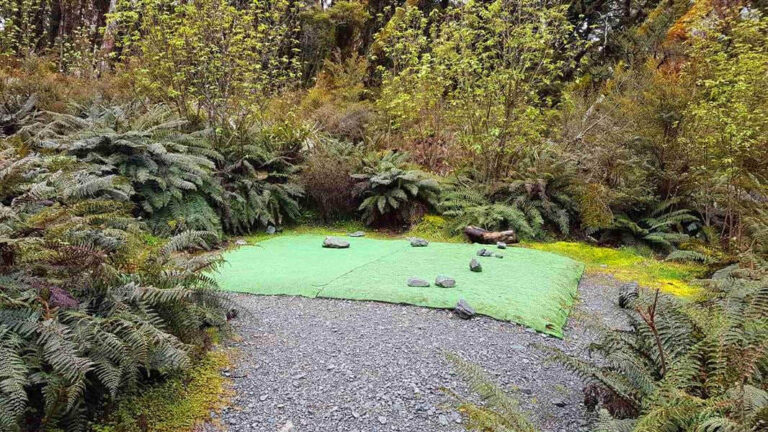
Lake Mackenzie Campsite
learn more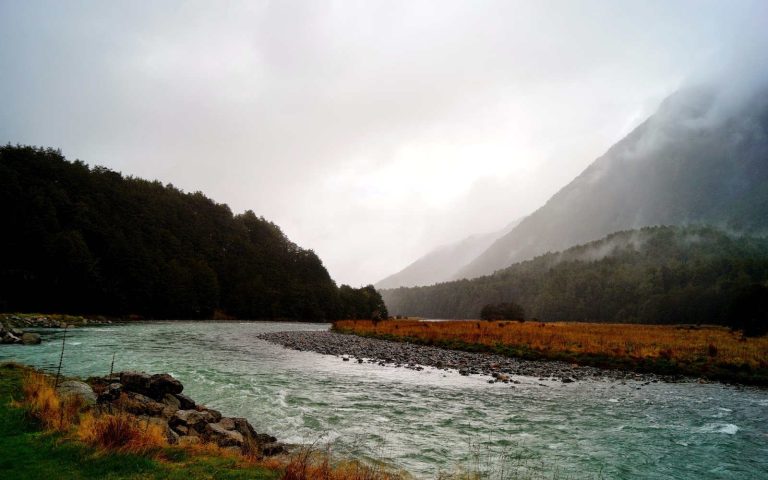
Mackay Creek Campsite
learn more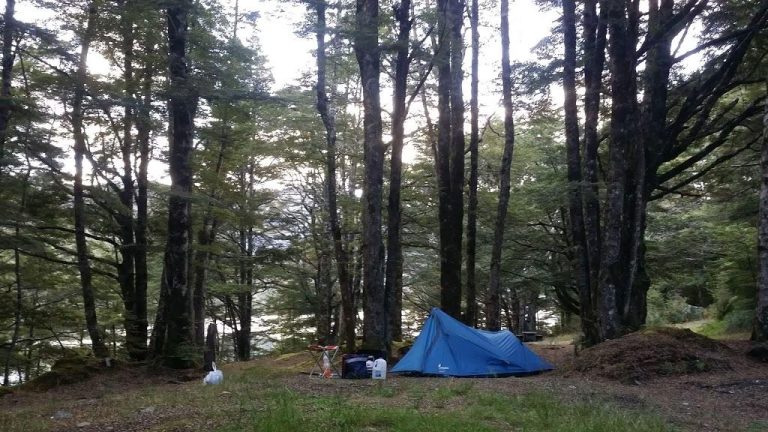
Monowai Campsite
learn more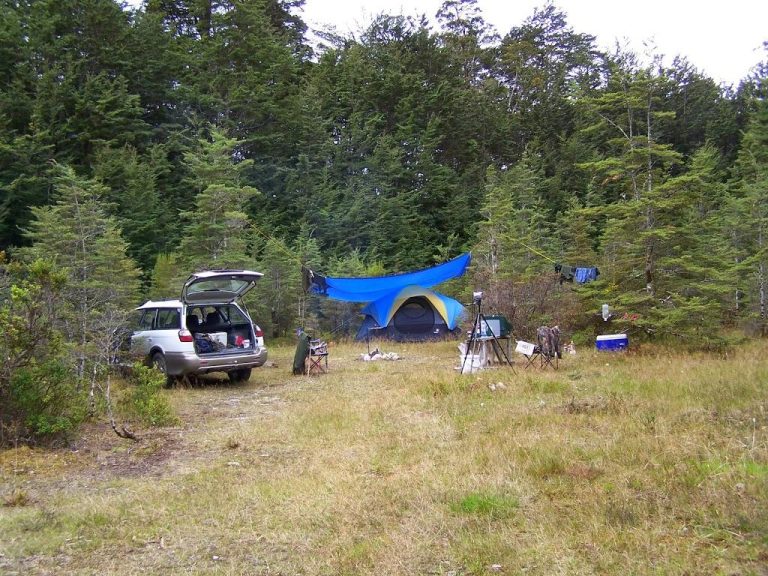
South Arm Campsite (Lake Manapouri)
learn more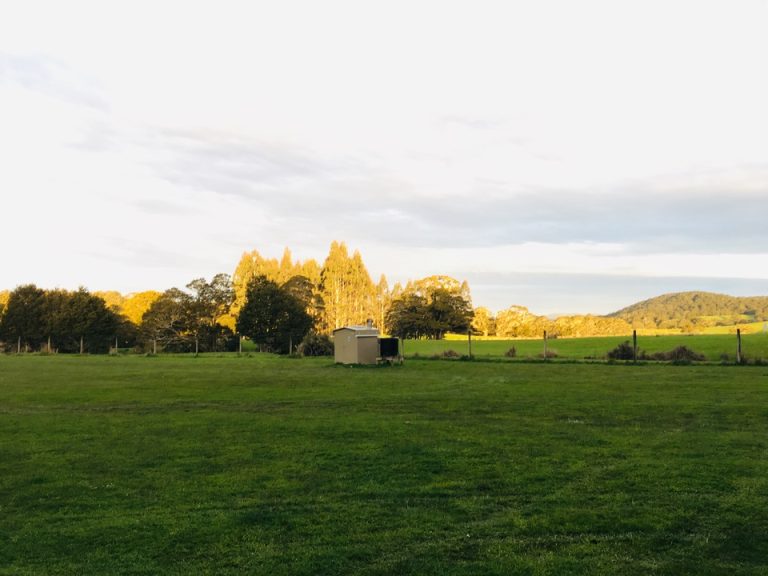
Thicket Burn Campsite
learn more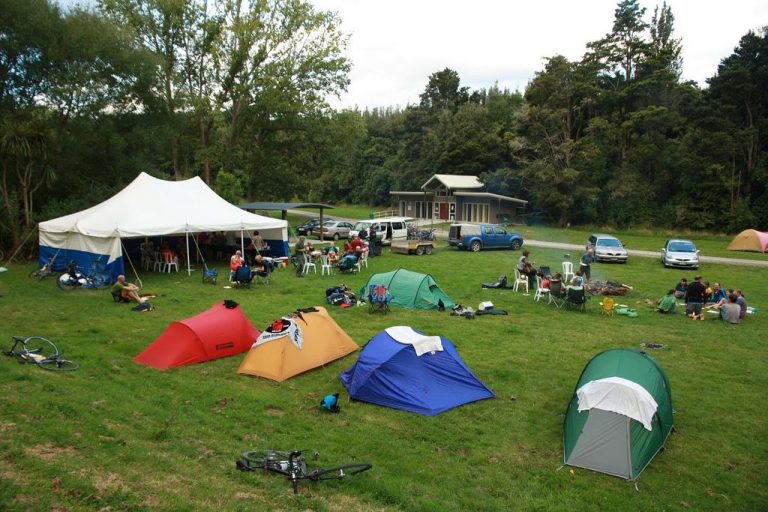
Totara Campsite
learn more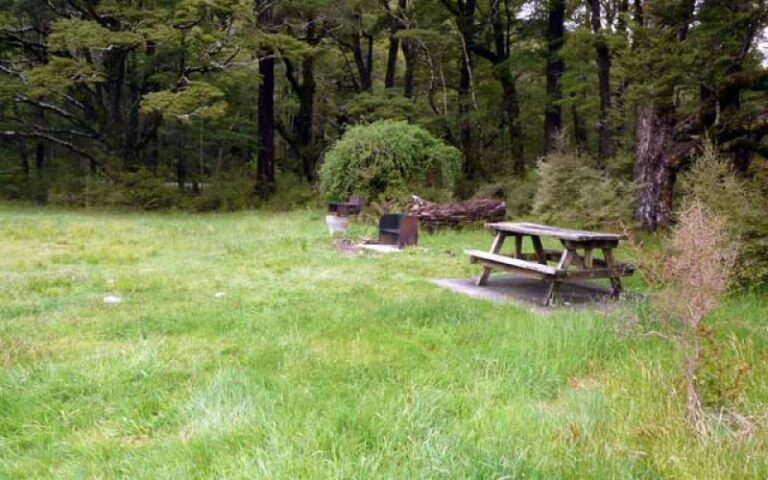
Upper Eglinton Campsite
learn more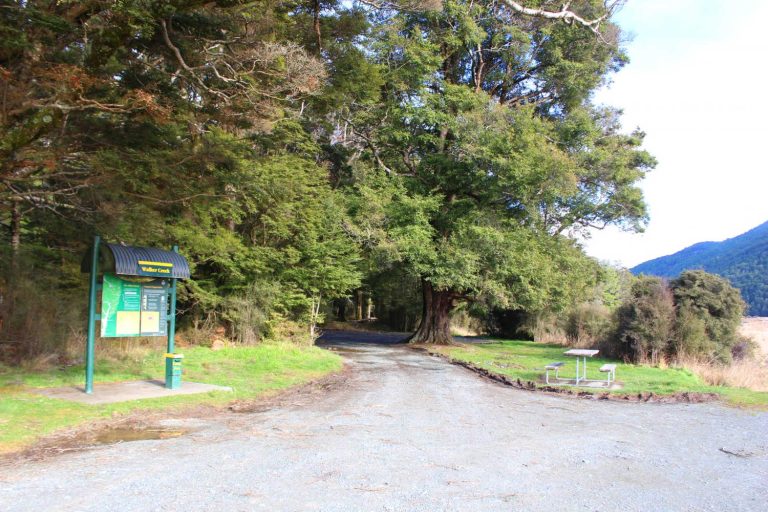
Walker Creek Campsite
learn more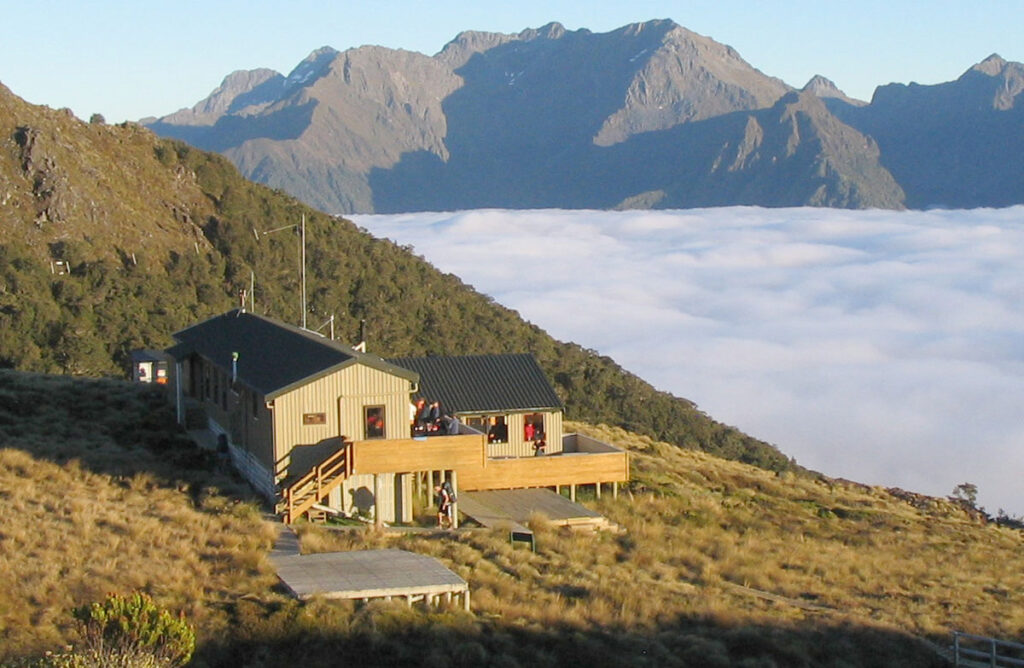
STAY IN A HUT
- Standard huts
- Serviced huts
- Great walk huts
- Basic/bivvies huts
MOUNTAIN BIKING
Mountain bikes are allowed on the Borland Road which is a great place for views and side trips. A challenging route for the more adventurous leads over the Percy Pass to West Arm, Lake Manapouri.
This is a one way trip for skilled, experienced parties in fine conditions – you will need to carry your bike for about an hour over the difficult top section, and pre-arrange transport by boat from West Arm.
The road from Te Anau to Milford Sound (120 km) offers fantastic views the whole way as well as many camping spots. There is the option of returning by bus if booked in advance. During summer this route is very busy with a very narrow shoulder. During winter biking is not permitted beyond Falls Creek due to avalanche danger.
The gravel road from the Hollyford Road turnoff to the road end (16 km) is a very scenic road following the Hollyford River. Camping and side trips for short walks are available.
Te Anau to Upukerora River (8 km return). This scenic lakeside route is unsealed to the river with the option of returning via the (sealed) Te Anau-Milford Sound highway. See the Visitor Centre to Upukerora River walk.
Ivon Wilson Park, opposite the Wildlife Park, features an 8 km single track circuit with easy/medium and technical sections, some of which are suitable for families. Free maps are available at the Fiordland National Park Visitor Centre.
LAKE 2 LAKE TRACK
The trail runs alongside Lake Te Anau and the East side of the Waiau river. This offers a variety of natural settings.
The total length to Manapouri will be 28 km. The first 19 km to Balloon Loop is open for walkers,
runners, cyclists and any other non-motorised transport (e-bikes welcome).
The trail can be used in both directions or people can make a loop by returning on Golf Course Road or Te Anau-Manapouri Highway.
A 41 km loop can be created by gravel roads up Mt York Road and along Ramparts Road, past the lookout, returning to town via the Te Anau-Mossburn Highway.
A further 4.7 km of trail from Manapouri to Supply Bay Road is currently under construction and should be open by winter 2018.
For more information visit the Trails Trust website.
Near Fiordland
Mavora Lakes Park and Eyre Mountains, both in Southland, also offer excellent mountain biking within a few hours drive of Te Anau and Manapouri.
PLACES TO GO
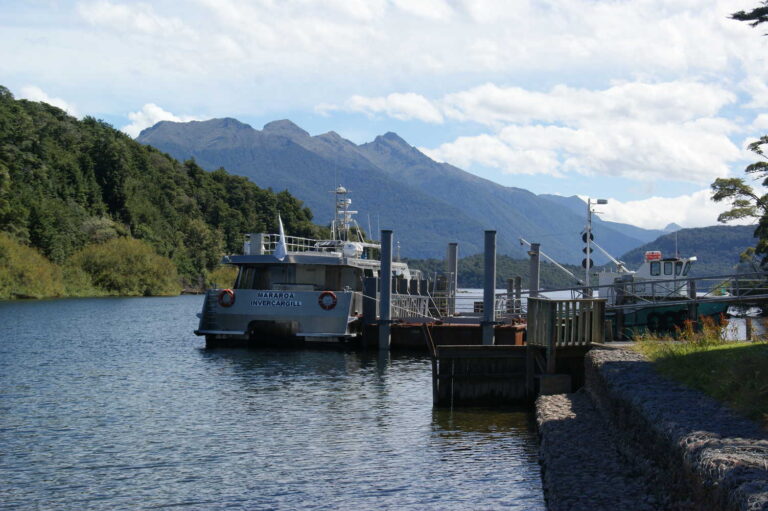
Lake Manapouri area
learn more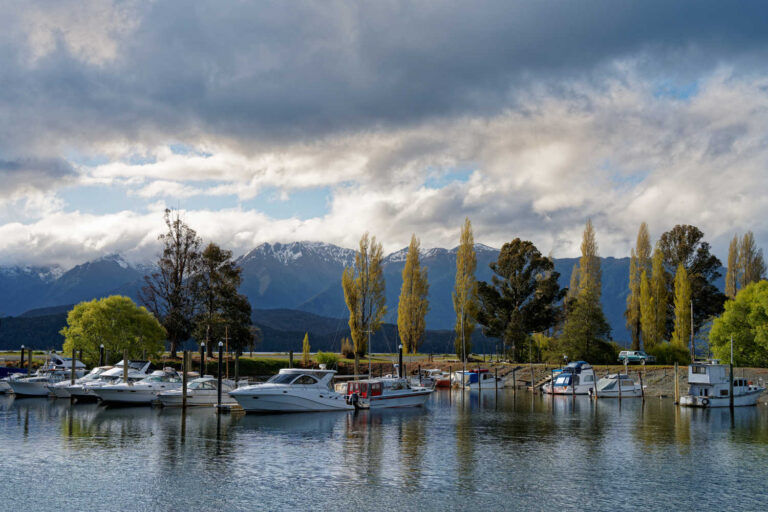
Lake Te Anau area
learn more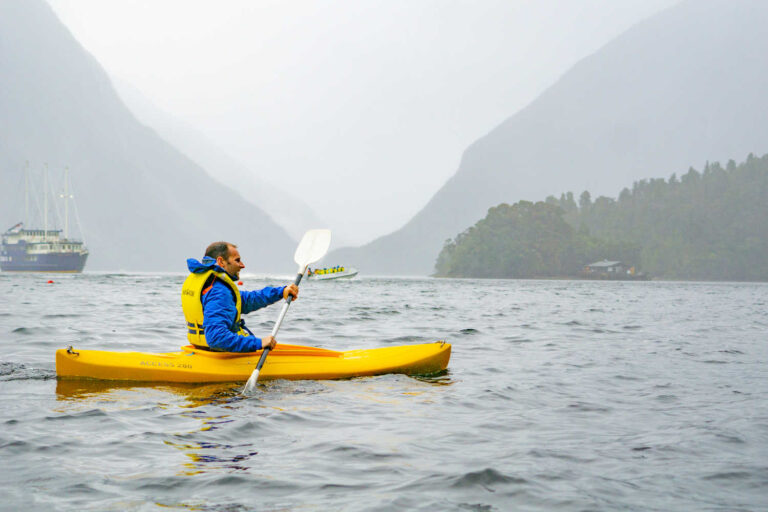
Doubtful Sound/Patea area
learn more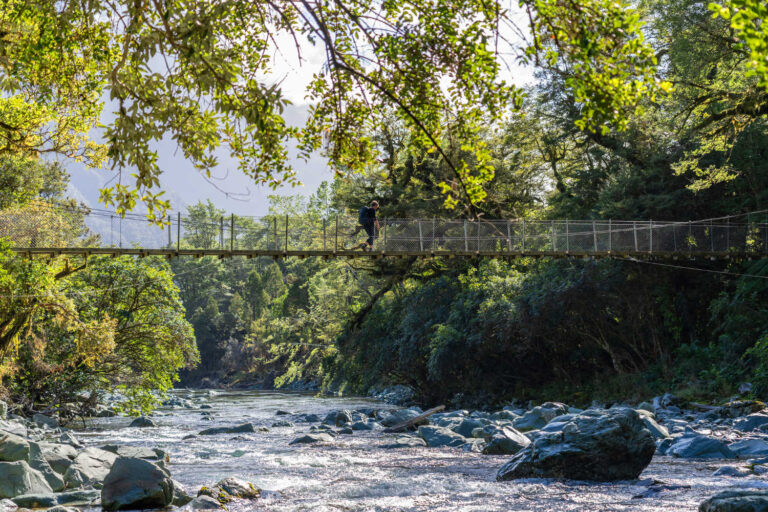
Hollyford Valley area
learn more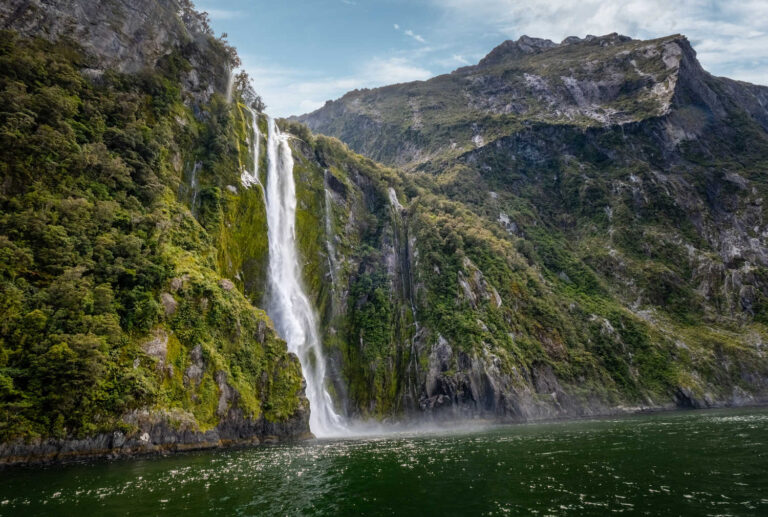
Milford Road/Milford Sound area
learn more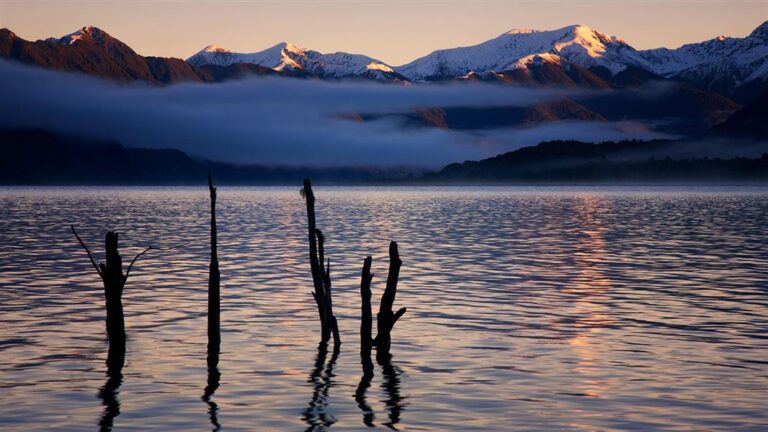
Lake Monowai/Borland Road area
learn more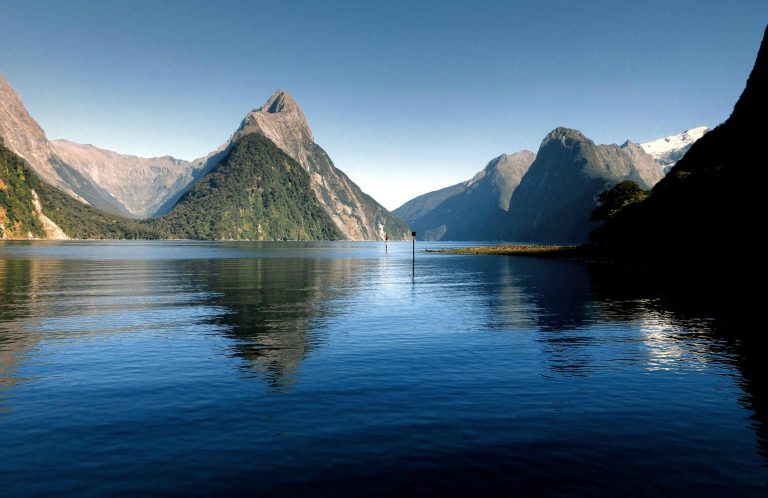
Southern fiords area
learn more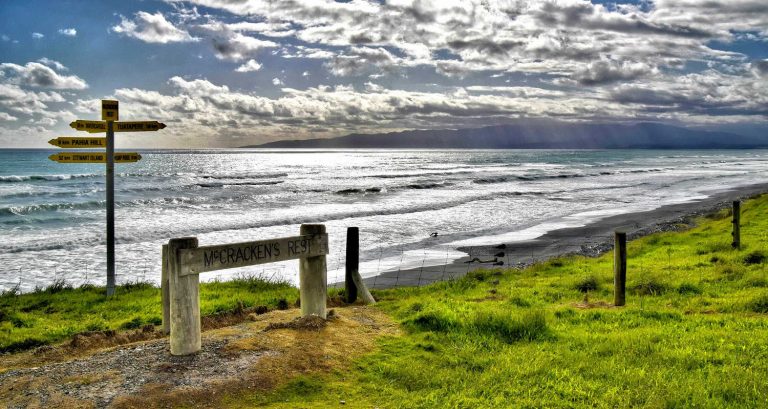
Tuatapere area
learn more
Our editors independently visit tour operators, purchase tickets, pay for accommodation, and rate products and places. We are not paid to go on a tour or visit a place. We only make money if you decide to purchase a product through our website links. You will not pay any extra, that is guaranteed.
We promise to never accept free products from manufacturers in return for boosting their products. Our independence and reviews is funded by your purchases and affiliate commissions, at no additional cost to yourself… read more about our affiliate programme in the terms and conditions HERE.
TRAVEL PACK INFORMATION
Getting there: Fiordland National Park is a useful Department of Conservation online site.
Safety information Alerts: Fiordland check before departing for updates.




